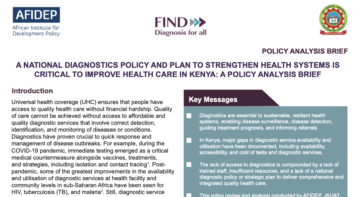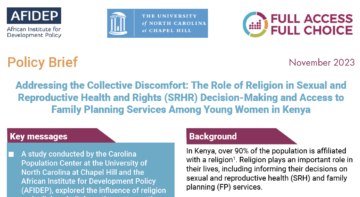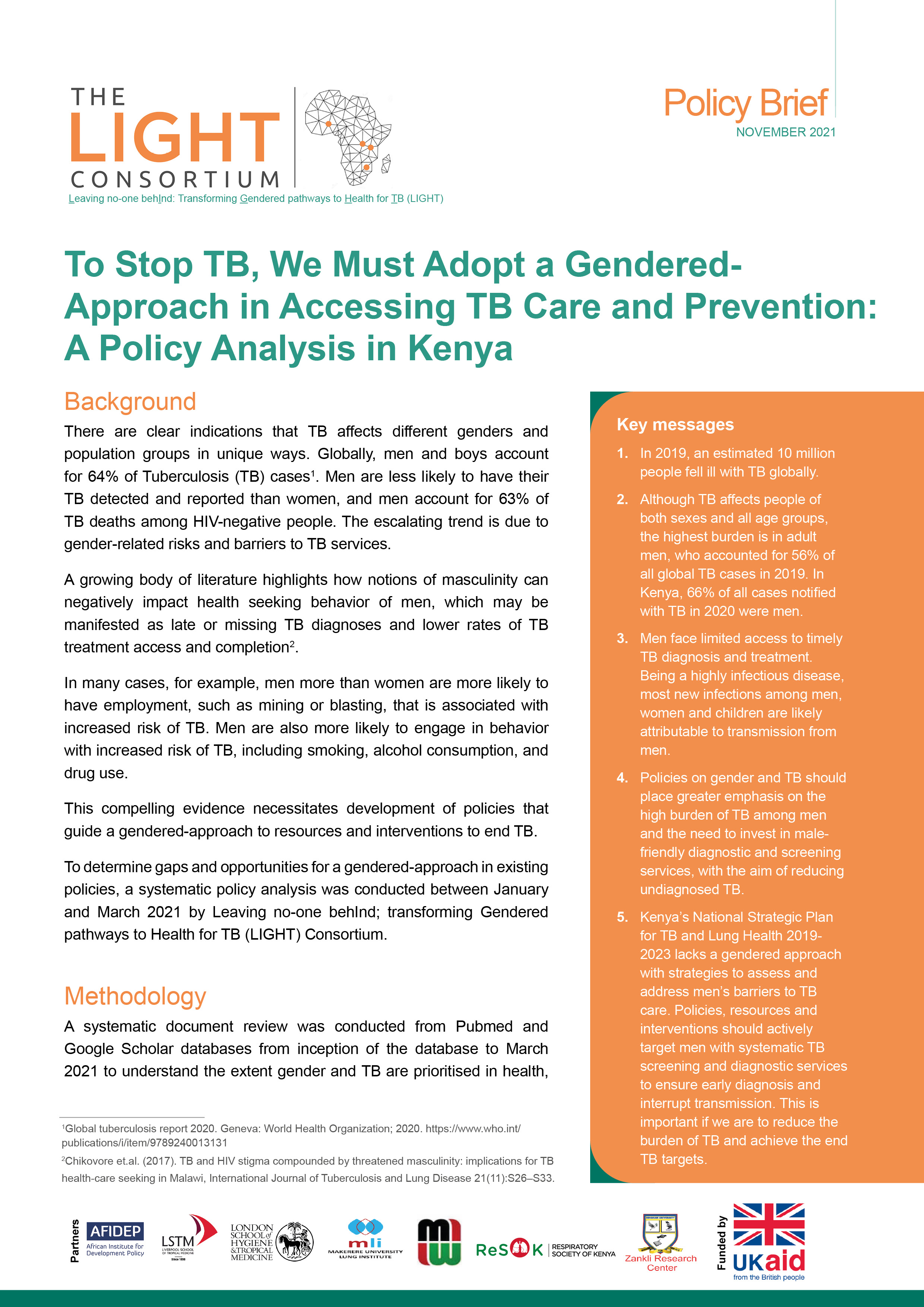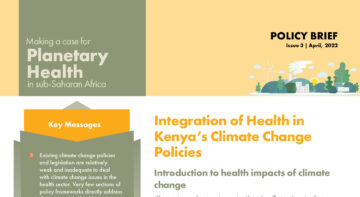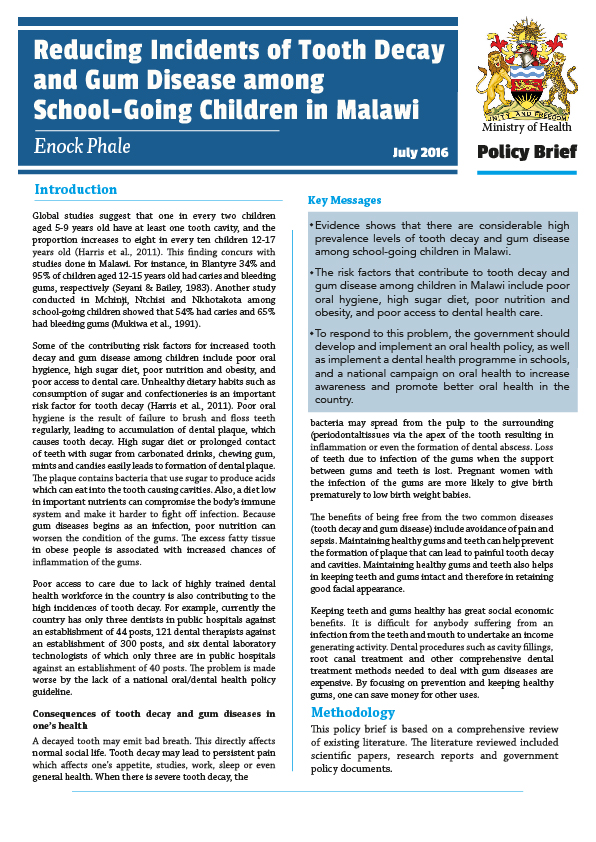
Global studies suggest that one in every two children aged 5-9 years old have at least one tooth cavity, and the proportion increases to eight in every ten children 12-17 years old. This finding concurs with studies done in Malawi. In Blantyre, 34 percent and 95 percent of children aged 12-15 years old had caries and bleeding gums, respectively. Another study conducted in Mchinji, Ntchisi and Nkhotakota among school-going children showed that 54 percent had caries and 65 percent had bleeding gums. Poor access to care due to lack of highly trained dental health workforce in the country is also contributing to the high incidences of tooth decay. Currently the country has only three dentists in public hospitals against an establishment of 44 posts, 121 dental therapists against an establishment of 300 posts, and six dental laboratory technologists of which only three are in public hospitals against an establishment of 40 posts. The problem is made worse by the lack of a national oral or dental health policy guideline. This policy brief takes a closer look at the genealogy of this problem in Malawi and also discusses the policy options that could be availed to set the course for a reduction in incidence. It then makes some recommendations for action.
Reducing Incidents Of Tooth Decay And Gum Decay Among School-going Children In Malawi
Related Publications
